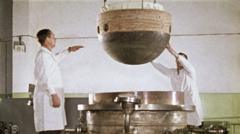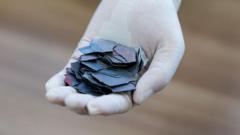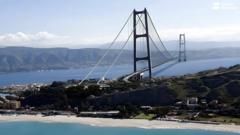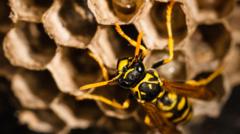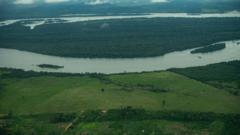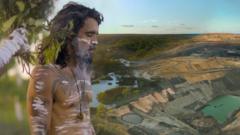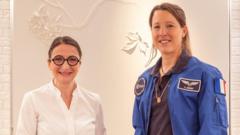Soviet Spacecraft Likely Re-Enters Earth's Atmosphere After 50 Years in Orbit
A fragment from the decades-old Soviet spacecraft Kosmos 482 is believed to have re-entered the Earth's atmosphere, following a long period trapped in orbit.
The European Space Agency (ESA) has confirmed that a part of the Soviet-era spacecraft, Kosmos 482, may have re-entered Earth's atmosphere after lingering in orbit for more than 50 years. Launched in 1972 as part of the Soviet mission to Venus, the spacecraft disintegrated into four pieces, with one fragment, thought to be the lander, most likely re-entering at approximately 06:16 GMT on Saturday. The specific details surrounding its re-entry location and fate remain uncertain, but experts estimate that the object did not land on land due to the vast amount of ocean on Earth. Stijn Lemmens from ESA addressed concerns about space debris, suggesting that impacts from such remnants are extremely improbable. The lander's sturdy design was capable of enduring high temperatures consistent with Venus, potentially aiding its survival, although its parachute system may have deteriorated over time. This incident underscores the need for advancements in spacecraft design to enable safe deorbiting, minimizing risks to populations on the ground from space debris.
A fragment from the decades-old Soviet spacecraft Kosmos 482 is believed to have re-entered the Earth's atmosphere, following a long period trapped in orbit.
The European Space Agency (ESA) has confirmed that a part of the Soviet-era spacecraft, Kosmos 482, may have re-entered Earth's atmosphere after lingering in orbit for more than 50 years. Launched in 1972 as part of the Soviet mission to Venus, the spacecraft disintegrated into four pieces, with one fragment, thought to be the lander, most likely re-entering at approximately 06:16 GMT on Saturday. The specific details surrounding its re-entry location and fate remain uncertain, but experts estimate that the object did not land on land due to the vast amount of ocean on Earth. Stijn Lemmens from ESA addressed concerns about space debris, suggesting that impacts from such remnants are extremely improbable. The lander's sturdy design was capable of enduring high temperatures consistent with Venus, potentially aiding its survival, although its parachute system may have deteriorated over time. This incident underscores the need for advancements in spacecraft design to enable safe deorbiting, minimizing risks to populations on the ground from space debris.

